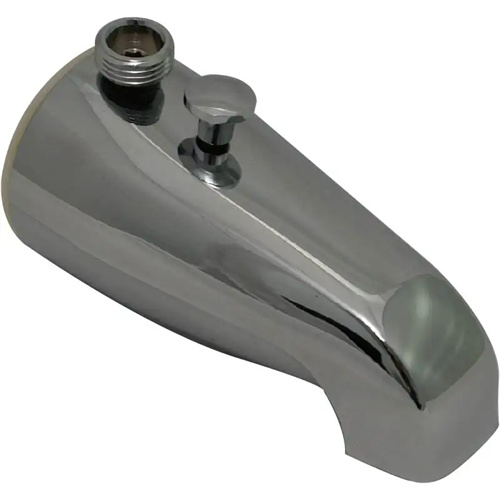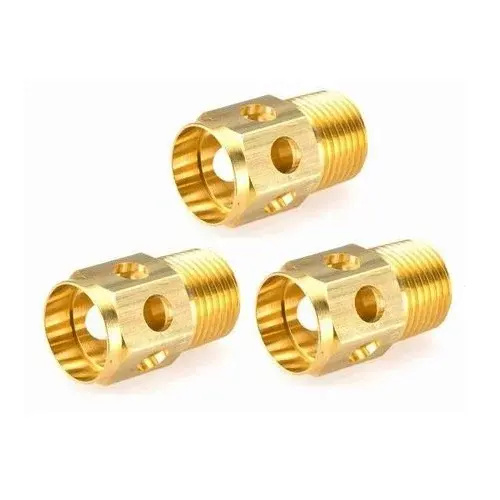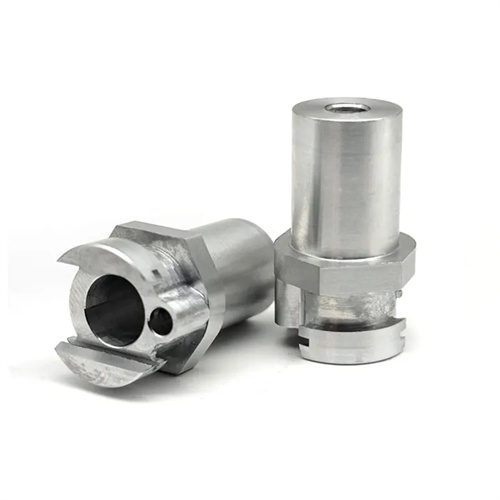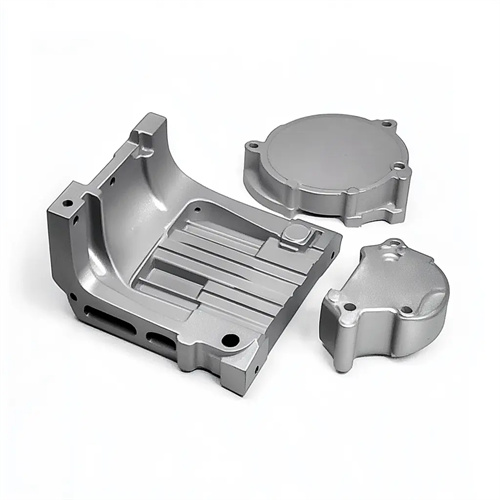Basic forms and main dimensions of die casting mold sliders
The basic form and main dimensions of the die-casting mold slider are the basis of slider design, which directly determines its applicable scenarios, load-bearing capacity and movement characteristics. As the core executive component of the side core pulling mechanism, the slider needs to be selected and sized according to the casting structure, the size of the core pulling force and the mold space. Common basic forms include integral sliders, combined sliders, spliced sliders and nested sliders. Each form has its own unique structural characteristics and scope of application. The main dimensions include the length, width, height and guide part dimensions of the slider, which need to be determined through strength calculations and spatial layout to ensure that they meet the core pulling requirements while coordinating with other parts of the mold.

The monolithic slider is the simplest structural form, with the slider body and core integrated into a single piece, formed through forging or casting. It is suitable for cores with simple shapes and low core-pulling forces (≤50kN). Its advantages include excellent rigidity, high strength, zero assembly play, and high positioning accuracy (≤0.02mm). Its disadvantages include low material utilization and the need for complete core replacement if damaged. It is suitable for small castings or molds used in mass production. Monolithic sliders are typically made of Cr12MoV or H13 steel, hardened to a hardness of 50-55 HRC, and polished to a Ra 0.4μm surface finish. For example, monolithic sliders are commonly used in side-hole molding for small electrical parts. They are 30-80mm long, 20-50mm wide, and 25-60mm high. The guide adopts a T-shaped structure, with a clearance of 0.02-0.03mm between the mold plate and the slider.

The modular slider consists of a slider base, a core, a wear plate, and a guide block. These components are connected by bolts and dowel pins. It is suitable for applications with complex shapes and medium core-pulling forces (50-200kN). Its advantages include saving valuable mold steel, allowing the core to be replaced individually, and reducing machining complexity. Its disadvantages include high assembly precision requirements, with cumulative errors to be controlled within 0.03mm. The slider base is made of 45 steel or QT500-7, with a quenched and tempered hardness of 28-32HRC; the core is made of Cr12MoV, with a quenched hardness of 55-60HRC; and the wear plate is made of ZCuSn10Pb1, with a thickness of 3-5mm. The modular slider is generally 80-200mm long, 50-150mm wide, and 60-180mm high. The guides utilize dovetail grooves or rails, with a guide length-to-width ratio of ≥1.5 to ensure smooth movement.

The split slider is composed of two or more sub-sliders. It is suitable for applications with complex core-pulling trajectories or large cores, and can achieve a core-pulling force of 200-500kN. The sub-sliders are coordinated by guide pins and inclined surfaces, allowing for synchronous or sequential core pulling during movement to avoid interference. For example, for multi-directional side hole molding of large box-type castings, 3-4 split sliders can be used, with a linkage mechanism to achieve coordinated core pulling. The sub-sliders of the split slider must be symmetrically designed, with a fitting clearance of 0.01-0.02mm, a fit of ≥90% on the splicing surface, and bolts are used to tighten to ensure rigidity. The sub-sliders are 150-300mm long, 80-200mm wide, and 100-250mm high. The material used is 40Cr tempered + surface hardened, with a hardness of 40-45HRC and a splicing surface roughness of Ra0.8μm or less.

The nested slider is a special form. The core is nested in the slider body, which can achieve secondary adjustment of the core pulling direction. It is suitable for castings with oblique or cross side holes. The nested core is connected to the slider body through a pin or a guide rail. During core pulling, the slider body first drives the nested core to complete the main core pulling, and then the secondary drive mechanism is used to achieve the secondary core pulling of the nested core. The total core pulling distance can reach 100-300mm. The slider body of the nested slider is relatively large, with a length of 200-400mm, a width of 120-250mm, and a height of 150-300mm. The fitting clearance between the nested core and the slider body is 0.02-0.04mm. The motion guide adopts a precision guide rail with a positioning accuracy of ≤0.03mm. In terms of materials, the slider body is made of QT600-3 and the nested core is quenched with H13 steel to ensure high strength and wear resistance.

The slider’s primary dimensions must be determined based on strength and space requirements. The length, L, is typically 2-3 times the core-pulling distance to ensure sufficient guide length. The width, B, is calculated based on the core-pulling force using the formula B = Fpulling / (H × [σ]press) (H is the slider height, and [σ]press is the allowable compressive stress of the material). For example, if the core-pulling force is 100kN, the height is 100mm, and the allowable compressive stress of 45 steel is 150MPa, then B = 100000 / (100 × 150) ≈ 67mm, with a practical value of 70mm. The height, H, should be 0.8-1.2 times the width to ensure structural rigidity. Guide dimensions: The T-slot width should be 1/3-1/2 the slider width, and the depth should be 1/2 the width. The dovetail groove should have an angle of 55° or 60° and a depth of 5-10mm to ensure reliable guidance. The clearance between the slider and the template must be uniform, which can be achieved by scraping or grinding. The clearance value is 0.02-0.05mm, which ensures flexible movement and avoids shaking that affects accuracy.
